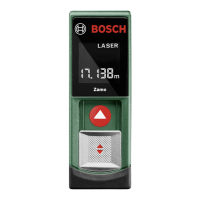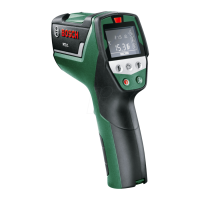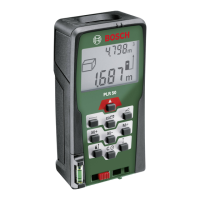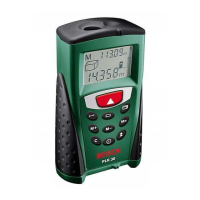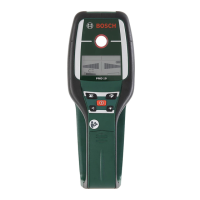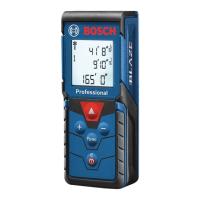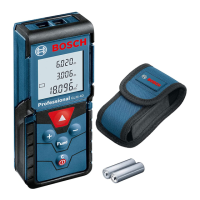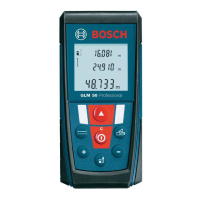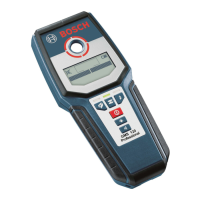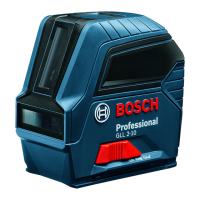33
Workshop Manual
Smart Tachograph EFAS-4.10/4.11
Chapter 8 Parameter conguration
In addition to the legally required calibration parameters described in Chapter 9, the tachograph EFAS supports additional
parameters that can be set via the service port. The advanced parameters allow for adaptations to dierent types of vehicles,
and additional functions supported by the EFAS tachograph can also be congured.
Generally speaking, the most important additional parameters required for installation in a vehicle can be programmed with the
available calibration/programming equipment. The EFAS Service Tool additionally caters for special functions that are needed
less often.
Many parameters are set by EFAS automatically after start of the automatic detection, assuming that automatic detection is
possible (see section8.4).
Parameter designation
Parameter designations consist of a two-digit hexadecimal number, known as the Record Data Identier (RDI). This value is used
internally by calibration/programming equipment, whereas the input menus generally display a text description. However, this
text may vary between dierent devices.
8.1 Access rights
The parameter values can be read out via the service port in any operating mode, i.e. no particular tachograph smart-card has to
be inserted in the device. To change any parameter values, however, requires a smart-card with the appropriate authorization.
With the workshop smart-card, all writable parameters can be adjusted in the calibration mode.
8.2 Ranges of values and lengths
Each parameter has a dened range of values as specied in ISO 16844-7. Parameters can only be set within the specied
range of values. Values that lie outside the acceptable range are rejected by the EFAS tachograph. Most parameters have a
xed length. For parameters that contain strings, the length is variable up to a maximum (number of characters). Other string
parameters have a xed length, where unused characters are usually lled with spaces. Parameter values that are not dened
contain a specic default value. In this case the hexadecimal value is 0xFF set for all data bytes.
Note Parameter values are usually preset with default values. Parameters should be changed only if this is a require-
ment and if the meaning and the impact is known.
8.3 Parameters for vehicle adaptation and for connecting external devices
The most important parameters for vehicle adaptation are listed in the table below. These parameters can be used to adjust the
functions of the rear connector panel to ensure compatibility with any vehicle type and with any additional (external) devices
connected via the connector panel and which are to operate in combination with the EFAS tachograph. To set the parameters,
please use the EFAS Service Tool or a programming device that supports these parameters.
Table 10 — The main parameters for adaptation to vehicle types and external devices
Parameters for vehicle adaptation Settings/value ranges RDI
6
hex
AUTO
7
Nominal voltage of the vehicle (on-
board power supply)
0: 12 V
1: 24 V
2: 12 - 24 V
FDA3
P
Selects the CAN main vehicle bus 0: CAN main vehicle bus on plug A
1: CAN main vehicle bus on plug C
FD6E
P
CAN-bus conguration for Main vehicle
bus
Activation status (ON/OFF)
Transfer rate: 125, 250, 500 kbps or 1 Mbps
ID mode: 11 bit, 29 bit or 11 Bit/29 bit “mixed mode”
FD01
P
CAN-bus conguration for expansion
bus
Activation status (ON/OFF)
Transfer rate: 125, 250, 500 kbps or 1 Mbps
ID mode: 11 bit or 29 bit
FD02
P
6 RDI … Record Data Identier
7 AUTO: Indicates which parameters are included in the auto detection feature.
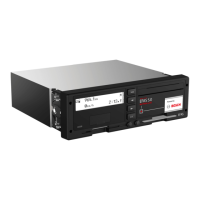
